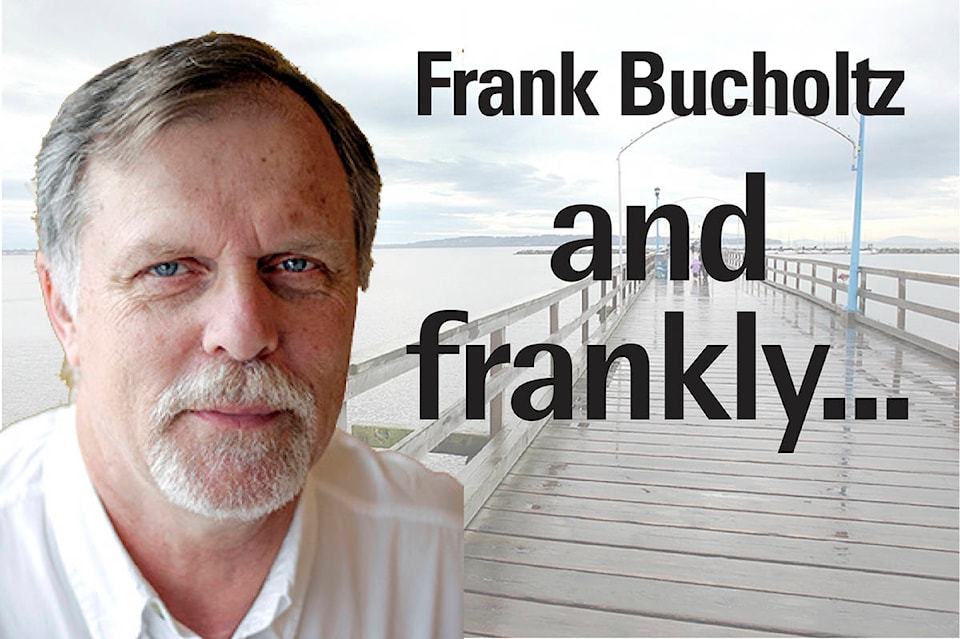Surrey has been solidly red the past two years in Ottawa, with all five ridings represented by Liberal MPs.
It seems unlikely that the next delegation to Ottawa will all be from one party. While the Liberals did well in 2015, winning four of the five ridings and then winning South Surrey-White Rock in a byelection in December, 2017, such dominance this time seems unlikely.
Other than Sukh Dhaliwal, the current Surrey-Newton Liberal MP who was first elected as a Liberal MP in 2006, won again in 2008 and then lost to NDP candidate Jinny Sims in 2011, this area has been devoid of Liberal representation in the federal Parliament since 1953.
Of course, there have been huge demographic changes since the 1950s, with the area having more than 10 times the population it did back then. Surrey is much more diverse as well, reflecting the significant change in the racial backgrounds of Canadians over the years.
There was a second version of 1968’s ‘Trudeaumania’ in the 2015 federal election, with Justin Trudeau, son of Pierre Trudeau (who won 16 out of 23 seats in B.C. in 1968), sweeping his party from third place to a majority government. B.C. voters played a big part, boosting Liberal representation in Parliament from two MPs in 2011 to 17 in 2015.
Given that Trudeau’s majority was 17 seats, it’s obvious that B.C. votes will be crucial in determining the outcome on election day, Oct. 21. The 17 seats in B.C. represented the 17 needed so the Liberals could go from having the most seats in a minority Parliament to a majority government.
Of the five local seats, Dhaliwal in Surrey-Newton, Randeep Sarai in Surrey Centre and Ken Hardie in Fleetwood-Port Kells seem to have the best chances of going back to Ottawa. All won their seats by comfortable majorities, and the Liberals seem to have picked up many of the votes that formerly went NDP. Some of those could return to the NDP under new leader Jagmeet Singh, who will most definitely attract votes from some younger voters and some voters of South Asian origin. However, that probably won’t imperil the three Liberal incumbents.
The two Surrey seats most at risk for the Liberals are Cloverdale-Langley City and South Surrey-White Rock. The Conservatives actually won South Surrey-White Rock in 2015 (although by a margin of less than 1,500 votes). Former White Rock mayor and MLA Gordie Hogg took the seat for the Liberals in the byelection by just over 1,500 votes.
However, that byelection attracted about half the number of voters as the 2015 general election did, and the area has been safe for the Conservatives and their predecessors for decades.
Much of Cloverdale and Langley City have also been safe Conservative areas for decades, although the demographics are changing and the riding extends quite far west towards Newton, which helped Liberal John Aldag win the seat by a comfortable margin of just under 6,000 votes in 2015.
The NDP actually held two seats in Surrey from 2011 to 2015, but its seems unlikely that the party will win any seats here this time around. Green vote totals are likely to go up, as will the NDP totals, and both will benefit from the challenges faced by Trudeau in the past year.
It will be interesting to see how Surrey votes, and how it affects the makeup of the federal Parliament.
Frank Bucholtz writes Wednesdays for Peace Arch News, as well as at frankbucholtz.blogspot.ca
frank.bucholtz@gmail.com
